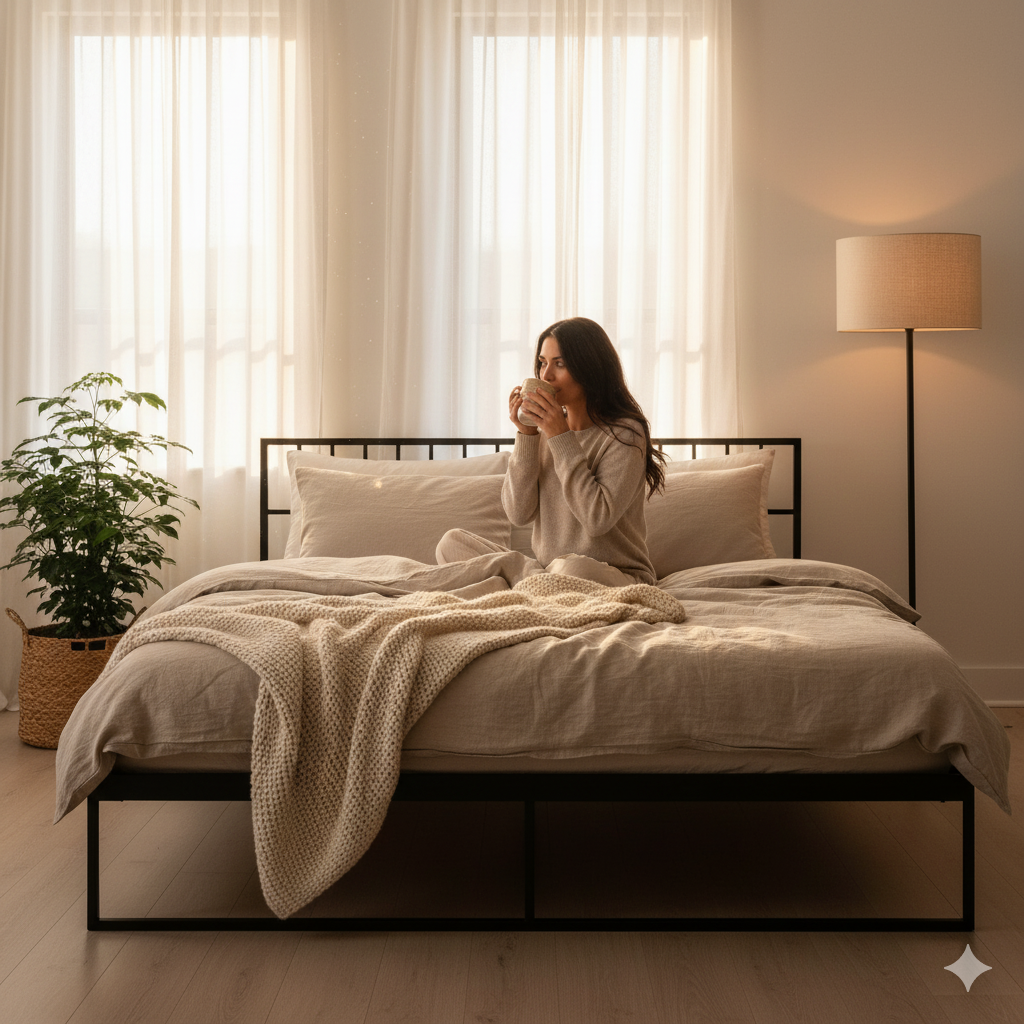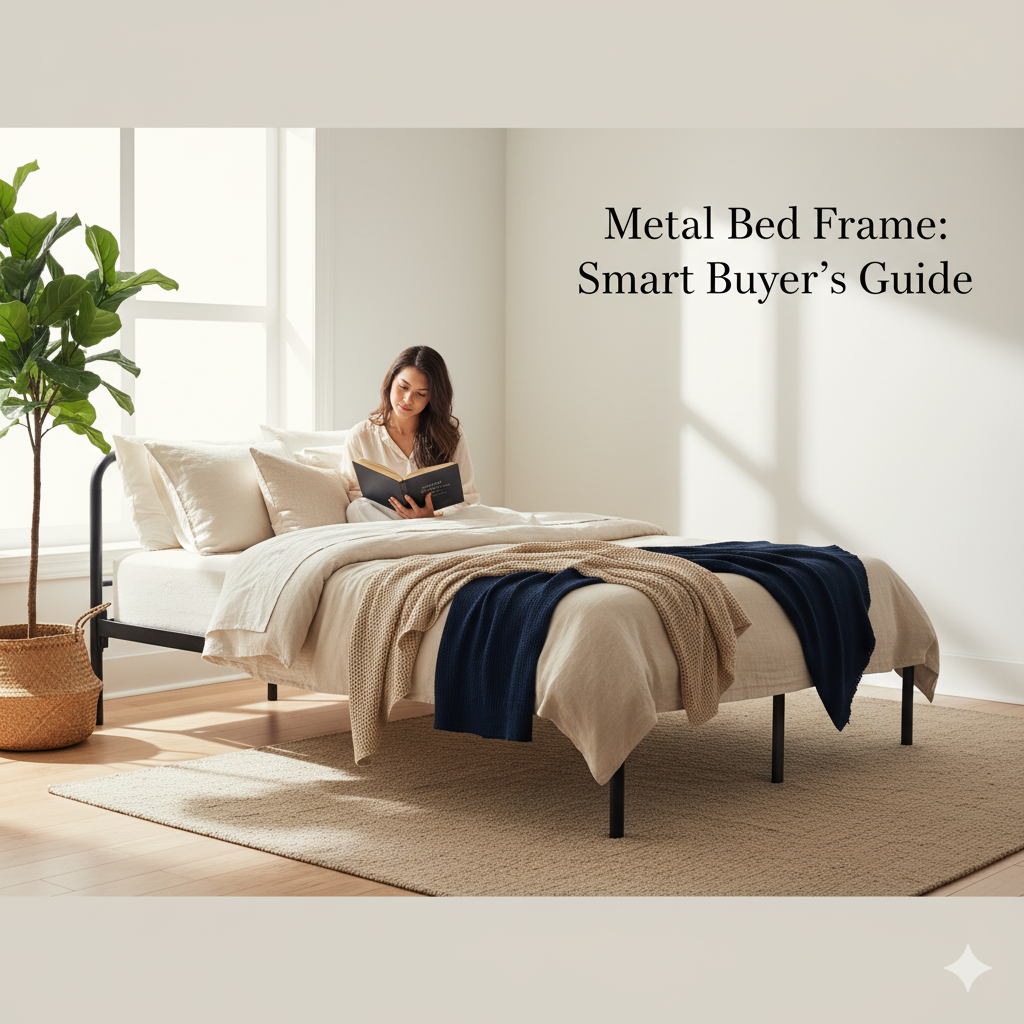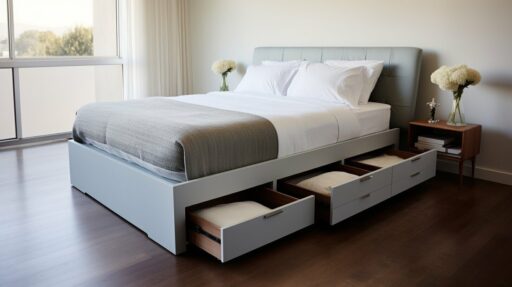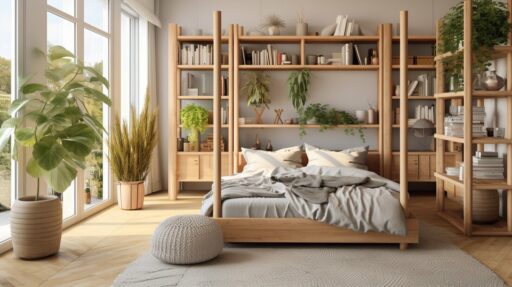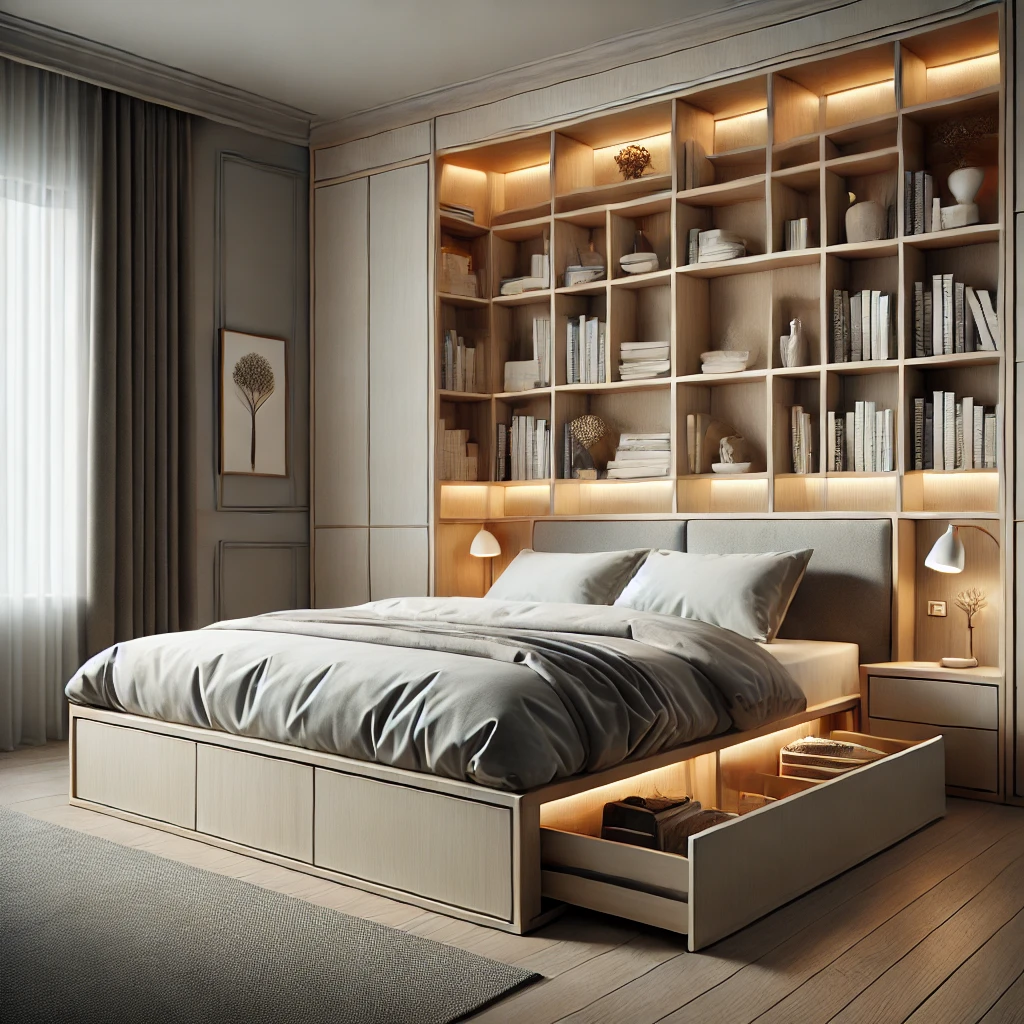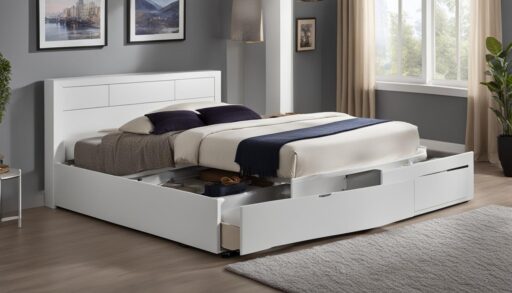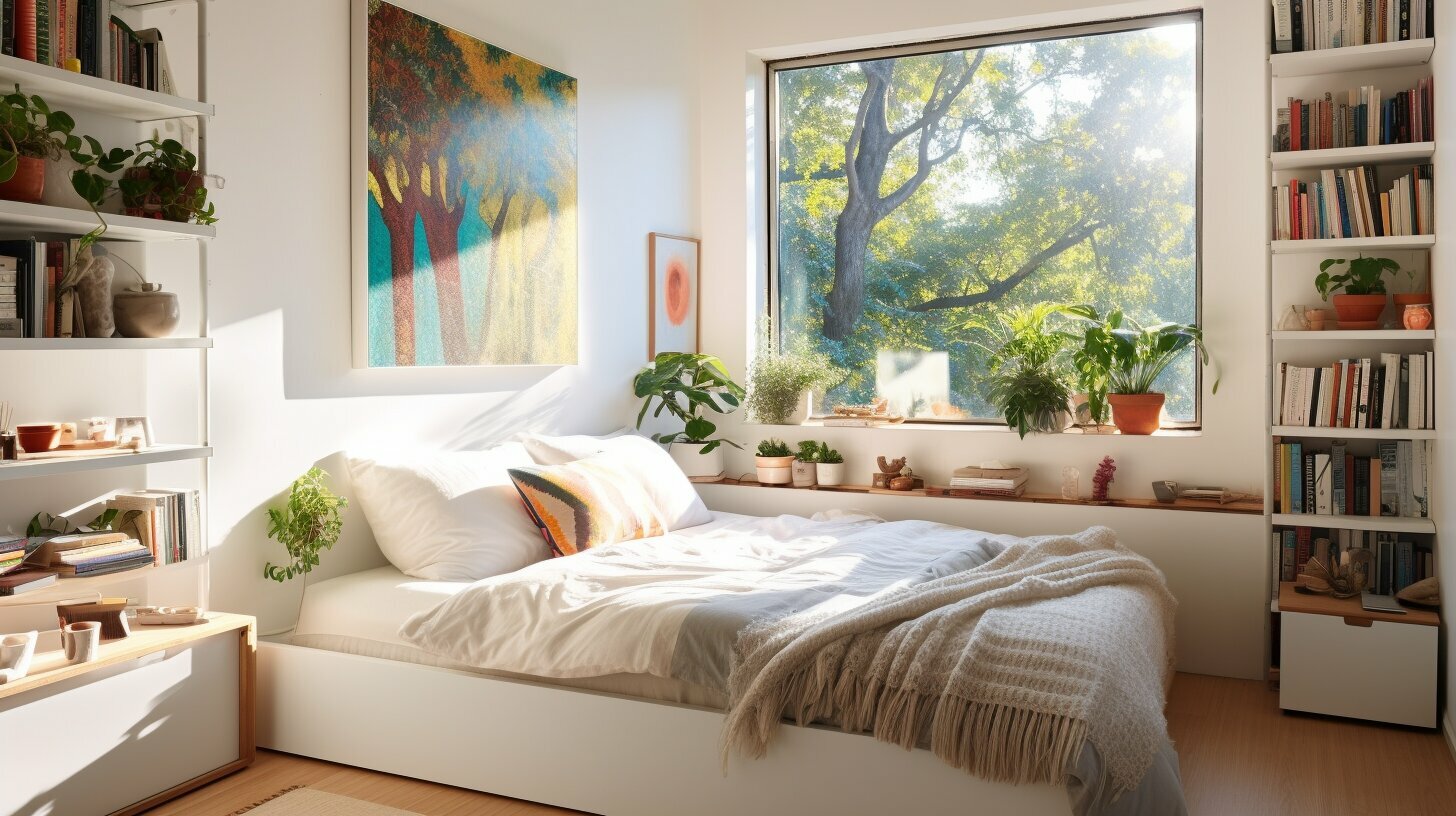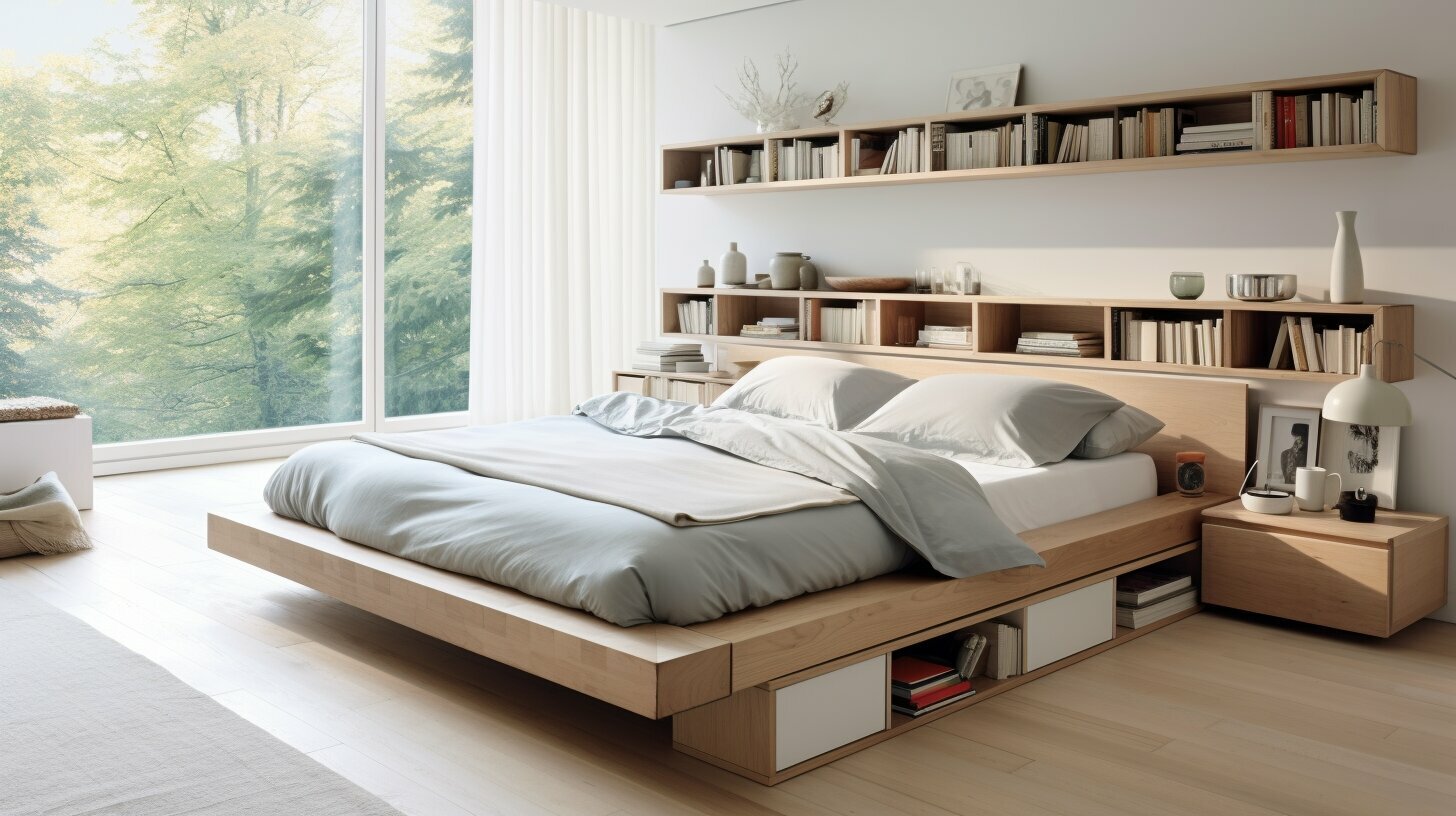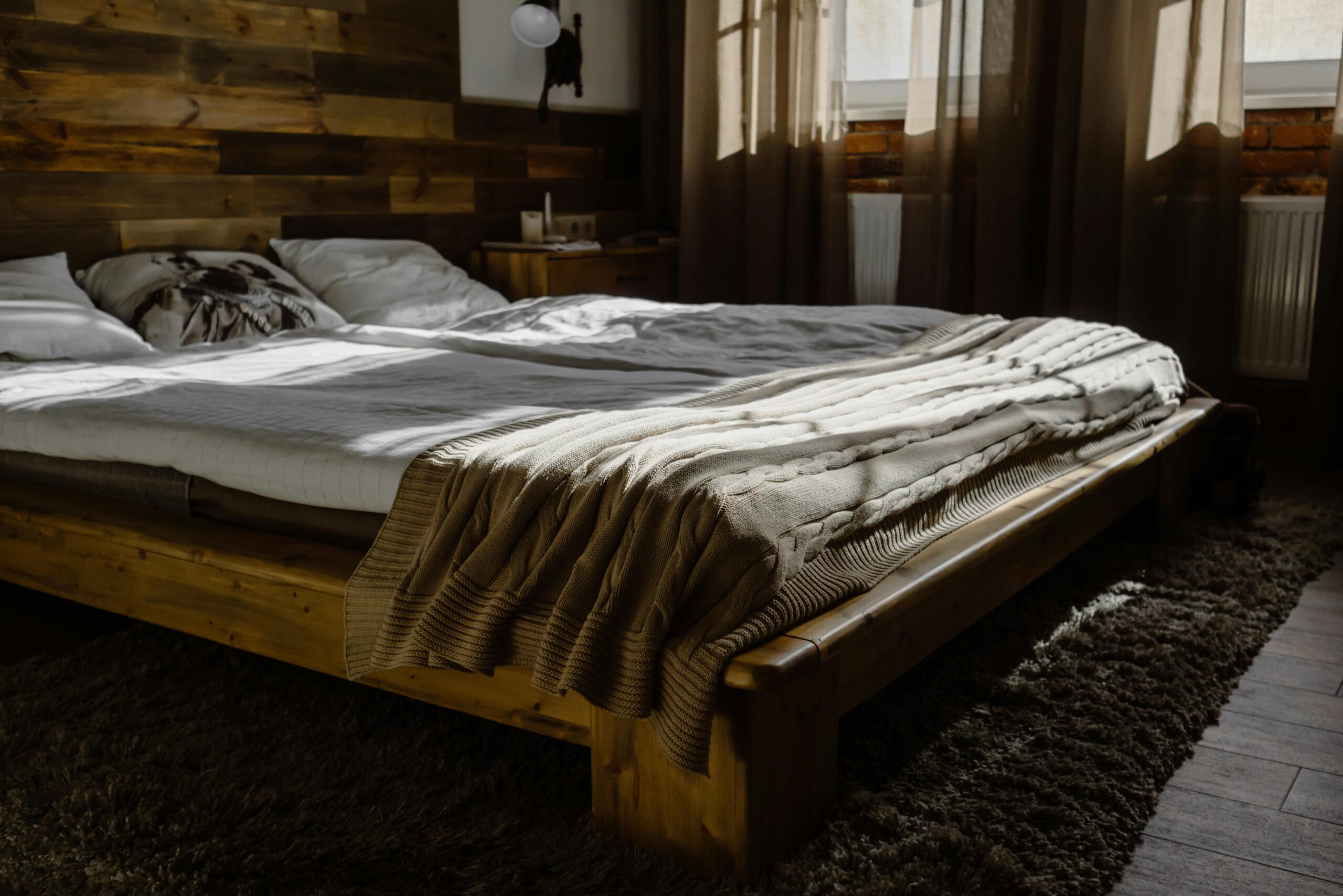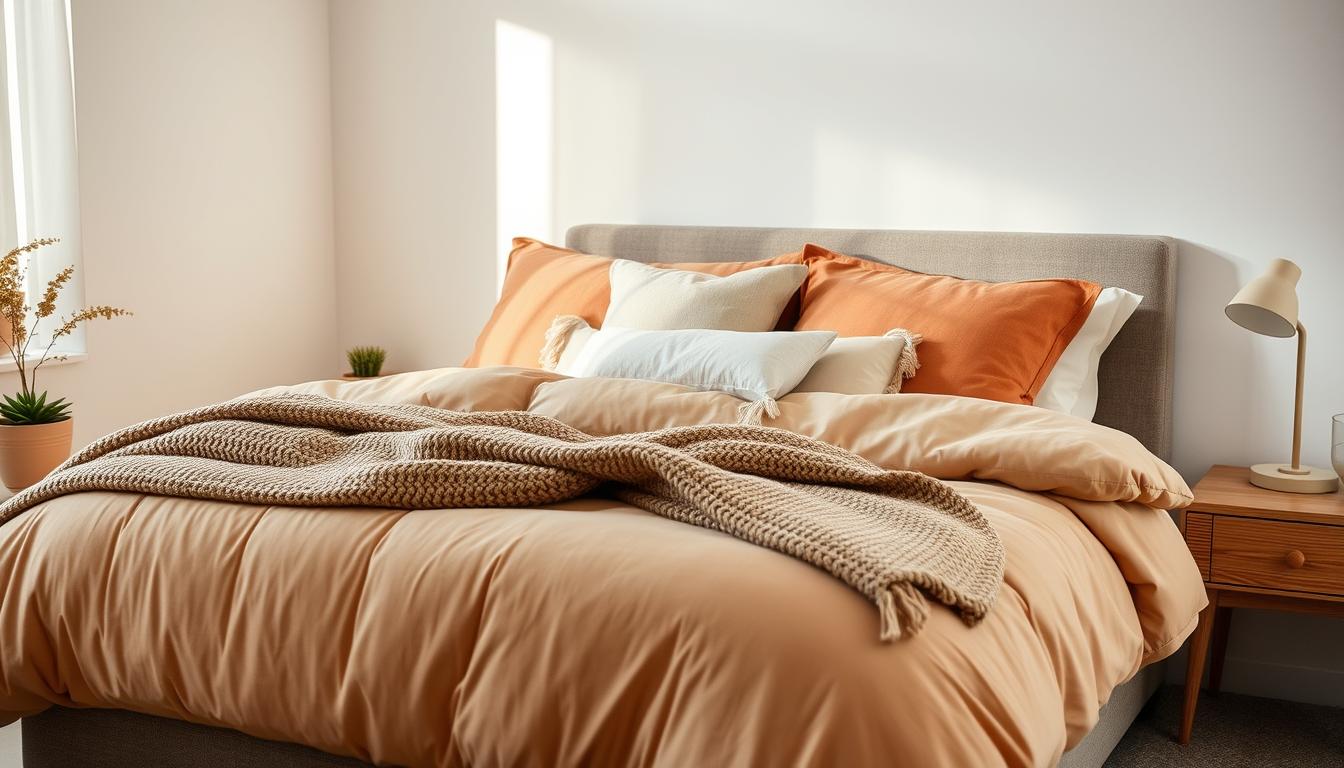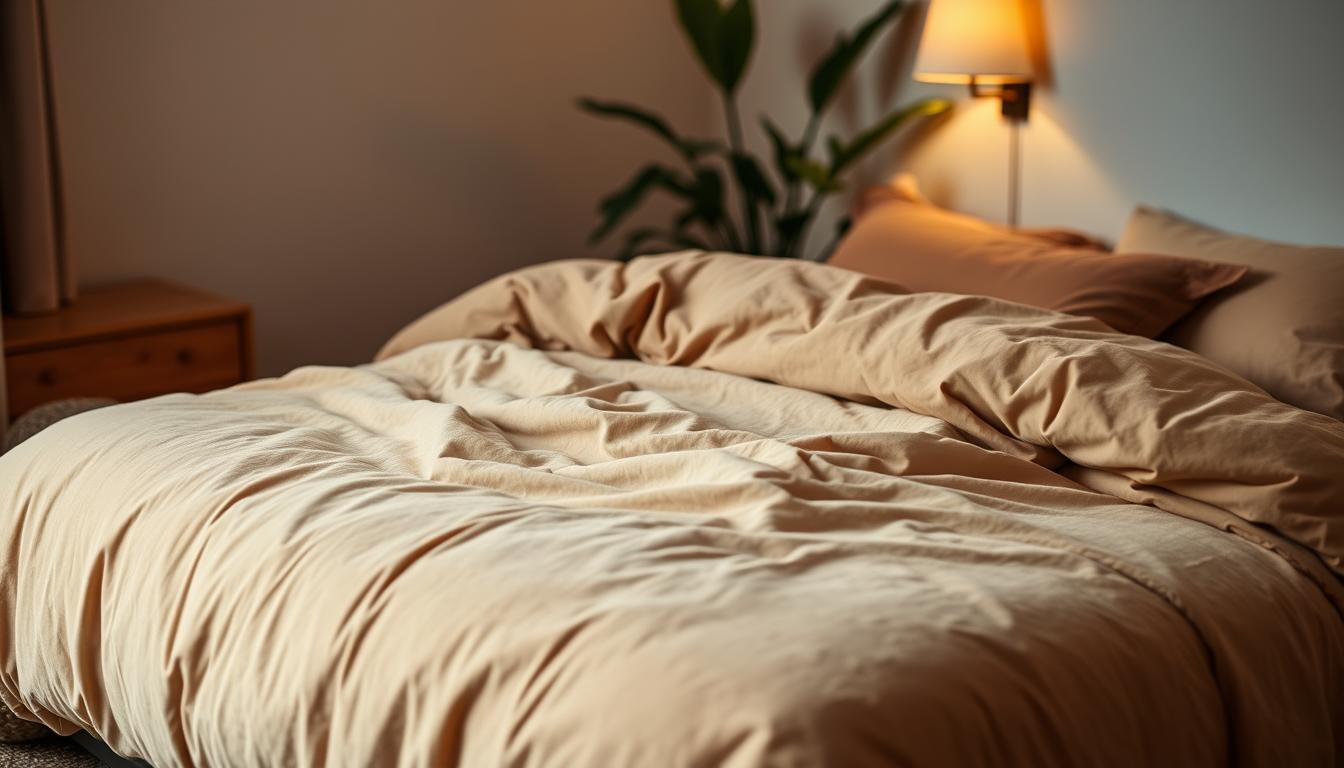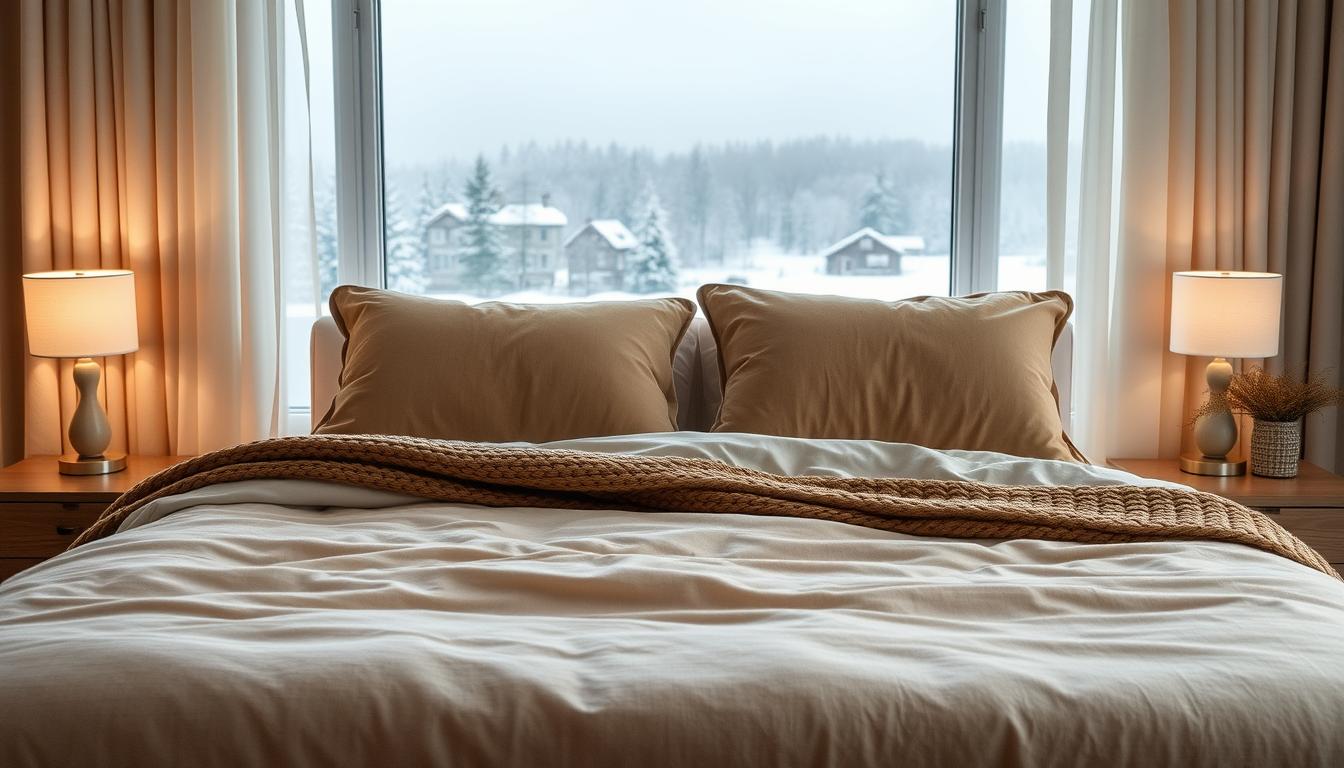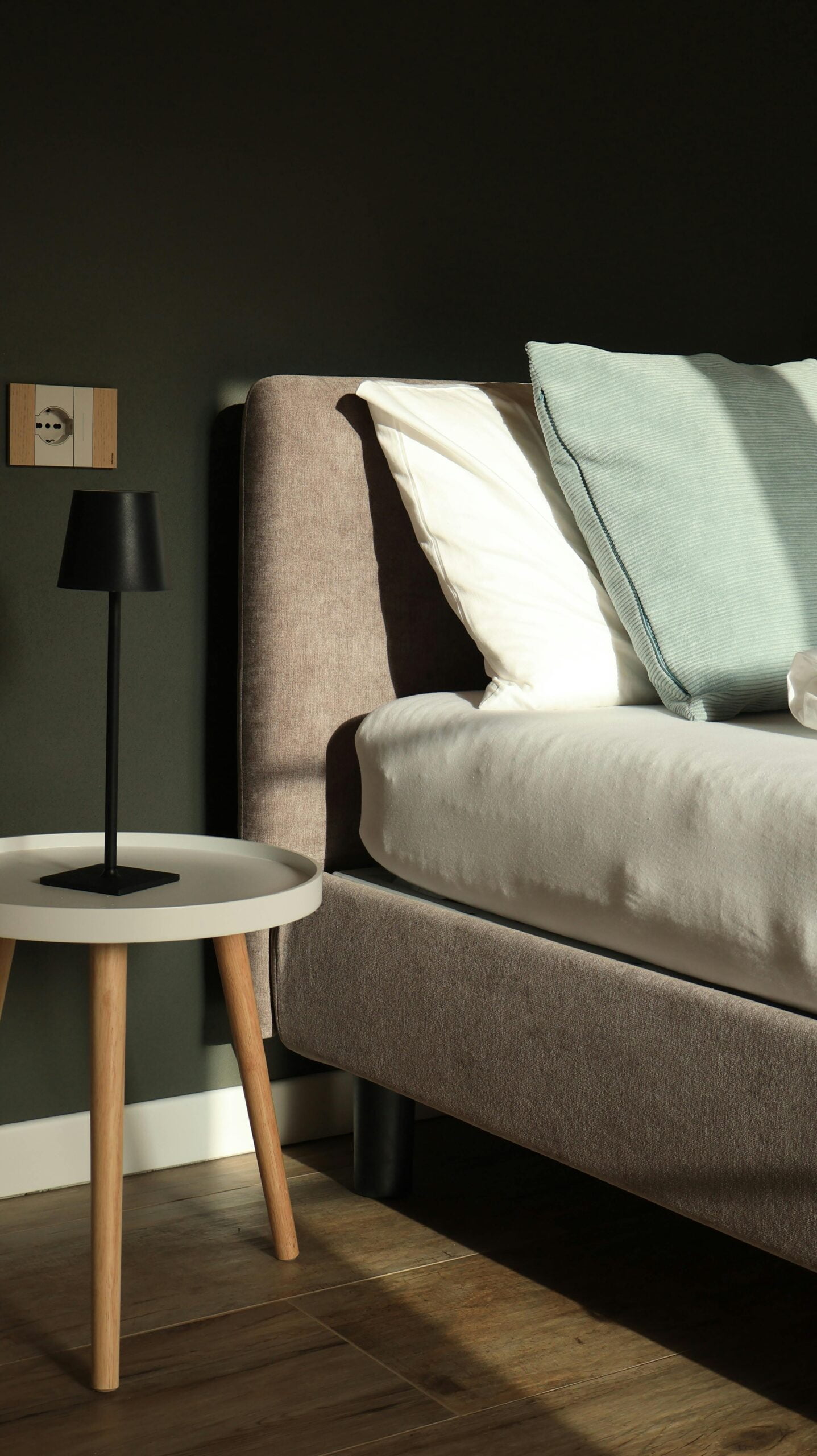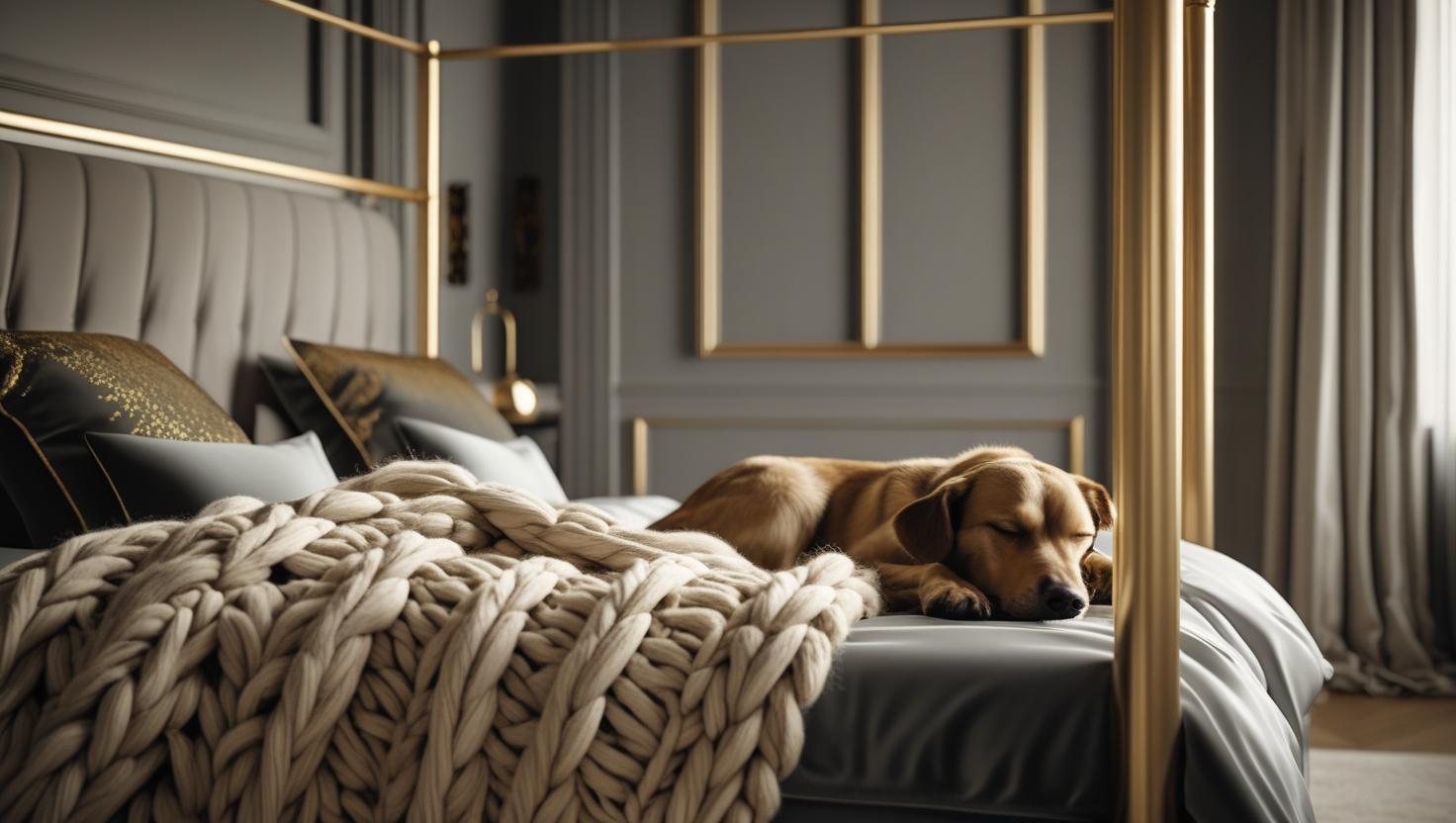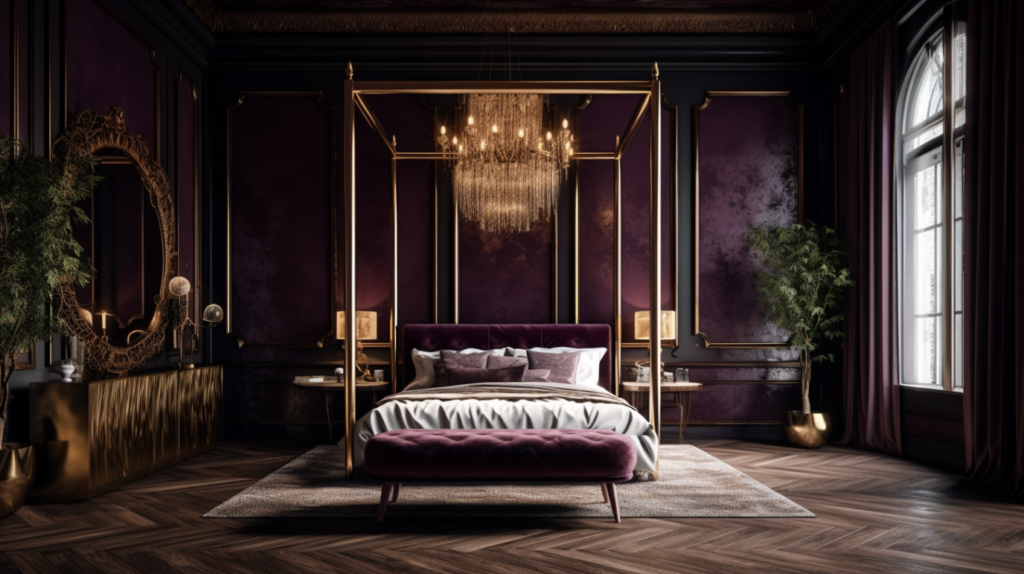Were Bedding Ceremonies Real?
Updated 2025: Were bedding ceremonies real? Yes—these elaborate rituals once marked the final step of a marriage, especially among medieval European nobility. They validated unions in the eyes of the church and society, cemented political alliances, and showcased family honor. While the tradition faded, its echoes remain in today’s customs and bedroom design.
Key Takeaways on Bedding Ceremonies
- Bedding ceremonies were real—well-documented from the Middle Ages through the early modern era.
- They served legal, political, and cultural functions that went far beyond romance.
- Modern wedding gestures (threshold carry, bed blessings) preserve the ritual’s symbolic meaning.

Were Bedding Ceremonies Real in Medieval Society?
Answer first: Yes—bedding ceremonies were standard fixtures of elite weddings. Family and court witnesses escorted the couple to the chamber, offered blessings, and formally “delivered” them to bed. This public act made the union socially and legally undeniable.
In noble households across France, England, and the German states, music and pageantry often accompanied the procession. The bedchamber was staged like a set: torches for spectacle, ciels de lit (canopies) for grandeur, and textiles embroidered with heraldic motifs. For deeper context, see Behind Closed Doors: The Changing Face of Nuptial Bedding Ceremonies.
Historical Evidence: Were Bedding Ceremonies Real or Myth?
Answer first: They are amply evidenced in chronicles, letters, and household records. Royal accounts from 12th-century France through Tudor England describe ceremonial escorts, prayers, and the observance that the pair retired together—even if consummation remained private. Among commoners, the ritual was pared down to a cup of wine or a priestly blessing, revealing how class shaped custom.
For curated case studies, read Bedding Ceremony Stories: Separating Myth from Reality and Medieval Wedding Bedding Ceremonies: Rituals of Legitimacy.
Bedding Ceremonies Across Europe
France
French courts used bedding to publicly seal diplomatic marriages. Gift-giving for the chamber—fine linens, silver basins, spice boxes—reinforced alliances. Witnesses, sometimes including clergy, offered blessings at the bed’s edge.
England
In Tudor England, witnesses could be charged with verifying that the couple retired together, providing legal protection against later annulment claims. Learn how practice shifted in Medieval Wedding Bedding Ceremonies: Rituals of Legitimacy.
German Lands
Germanic customs blended pageantry with folk beliefs: greenery for fertility, herbal sachets under pillows, and musicians outside the door. Household account books recorded special linens purchased for the event.
Scandinavia
Some Scandinavian weddings paired the bedding with the morgengabe (morning gift): land, jewelry, or livestock bestowed to secure the bride’s status.
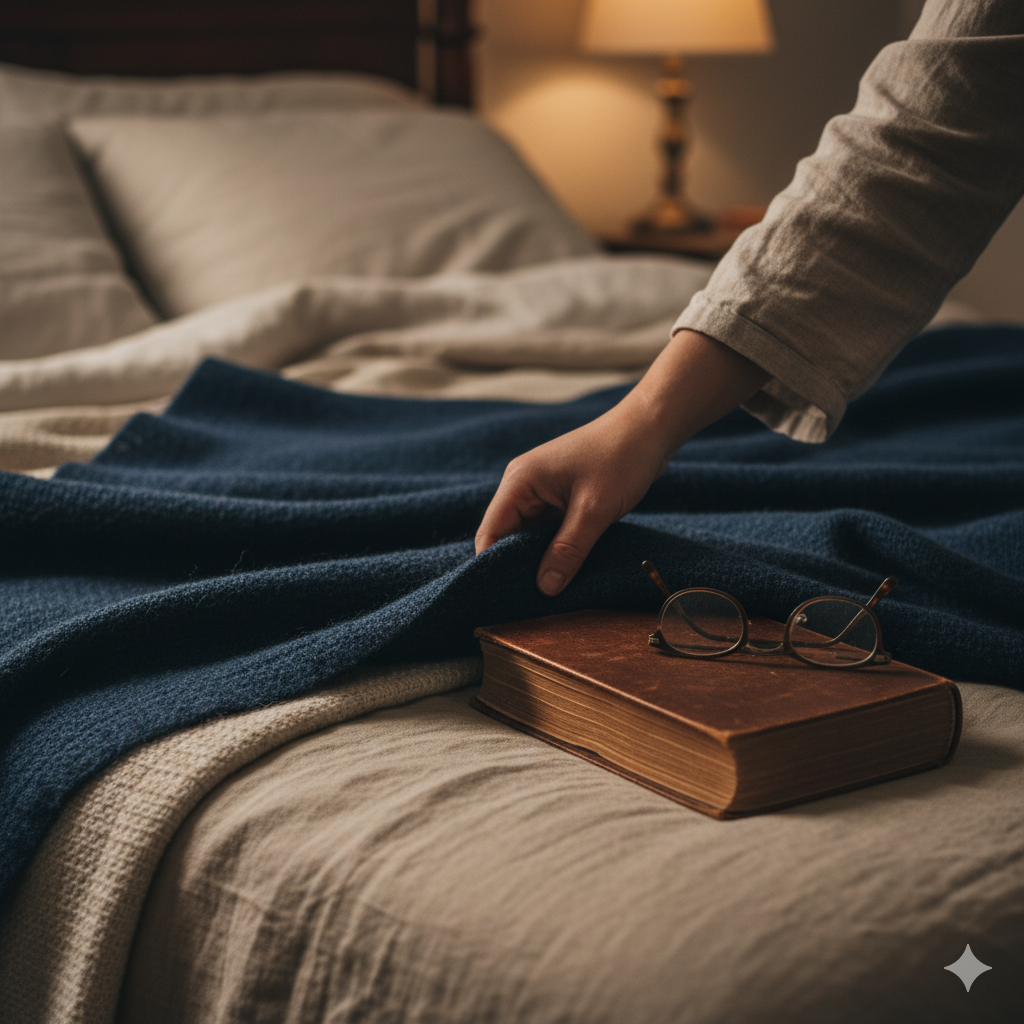
Notable Historical Examples That Prove Bedding Ceremonies Were Real
- James IV of Scotland & Margaret Tudor (1503): A formally witnessed bedding cemented Anglo-Scottish ties.
- Mary, Queen of Scots & Francis II (1558): A courtly escort emphasized Franco-Scottish alliance.
- Henry VIII & Anne of Cleves (1540): Bedding recorded despite annulment—showing ritual’s political weight.
- Philip II of Spain & Mary I of England (1554): A staged public bedding underscored a controversial union.
- Charles I & Henrietta Maria (1625): Ceremonial display soothed confessional and diplomatic tensions.
Symbolism of Bedding in Medieval Culture
Answer first: The bed was the family’s power stage. Canopies projected authority; embroidered curtains and counterpanes told a lineage story; featherbeds and bolster stacks hinted at prosperity. The display reassured witnesses that the household could support heirs.
Curious how these motifs translate into modern interiors? Explore Exploring the Fascination of Medieval Bedding and 7 Dynamic Decor Themes for Canopy Beds.
Myth-Busting: What Movies Get Wrong
Answer first: Films exaggerate the spectacle. Historically, guests escorted the couple; they did not gather to watch intimacy. The goal was acknowledgment and legal clarity, not voyeurism.
Why Bedding Ceremonies Declined
Answer first: Changing ideas about privacy, consent, and companionate marriage eroded the need for public validation. Urban living and smaller households made pageantry impractical.
For a narrative of this transition, see Behind Closed Doors: The Changing Face of Nuptial Bedding Ceremonies.
Global Traditions with Similar Roots
Eastern Europe
In parts of Poland and Ukraine, elders bless the bed with embroidered cloths and prayers—quiet echoes of medieval practice.
Middle East
Families sometimes prepare the bridal room with symbolic foods and fragrances to invite prosperity and joy.
South & East Asia
Chinese customs may include a designated “good-fortune” woman making the bed with red textiles and placing auspicious tokens beneath pillows.
Africa
Some communities present special cloths or a marriage bed as part of the celebration, linking union to household lineage.

Design Inspiration: Bring Historic Elegance Home
Answer first: You can channel the look without the medieval draft. Aim for layered textiles, a statement canopy, and heirloom-style details.
- Start with the frame: A canopy or four-poster instantly evokes ceremony. Short on ceiling height? Choose a slim silhouette; see Best Canopy Bed Frames for a King Size Mattress.
- Layer textiles: Mix matelassé, sateen, velvet, and fringe for depth. Keep a calm palette so textures take the spotlight.
- Add heraldic hints: Embroidered pillows, crested motifs, or tapestry-inspired throws nod to lineage symbolism.
- Frame the bed: Curtains or a simple crown canopy create that “stage” effect without heavy drapery.
Medieval vs Modern Wedding Customs
| Medieval Bedding Ceremony | Modern Equivalents |
|---|---|
| Escorted to bed by family/court | Carrying bride over threshold |
| Blessings at bed’s edge | Priest or officiant blessing |
| Canopies, embroidered linens | Decorated honeymoon suite |
| Witnesses confirmed union | Marriage certificate signing |
So, Were Bedding Ceremonies Real Today?
Answer first: The historical form is rare, but the spirit survives. Carrying the bride over the threshold, preparing a honeymoon suite, or sharing a ceremonial first drink all echo the medieval idea of publicly acknowledging a private union.
FAQ
Were bedding ceremonies public events?
Partly. The escort and blessings were public; intimacy was private.
Did all social classes observe them?
No. Nobility staged elaborate rituals; commoners kept it simple or skipped them.
Why were they important?
They affirmed legitimacy, deterred annulment claims, and celebrated alliances.
Are there modern equivalents?
Yes—threshold carries, bed blessings, and honeymoon-suite rituals.
Where can I find historically inspired bedding?
Explore collections at Cozy Bed Quarters and our editorial on heritage textiles.
Final Thoughts
So, were bedding ceremonies real? Absolutely. They once defined how elite marriages were recognized and remembered. While the spectacle has faded, the symbolism still shapes how we celebrate unions—and how we design intimate spaces. At Cozy Bed Quarters, we channel that timeless elegance into welcoming, modern bedrooms.
Sources & Further Reading
- Encyclopædia Britannica — Wedding ceremony overview
- BBC History Extra — Medieval marriage customs
- Gimme the Good Stuff — Non-Toxic Mattress Guide 2025
- Sleepopolis — Mattress Certifications Explained
Related reading from Cozy Bed Quarters
- The Bedding Ceremony: Exploring Its Historical Significance
- When Did Bedding Ceremonies End?
- Is the Bedding Ceremony Still Practiced Today?
Other reading we found popular



